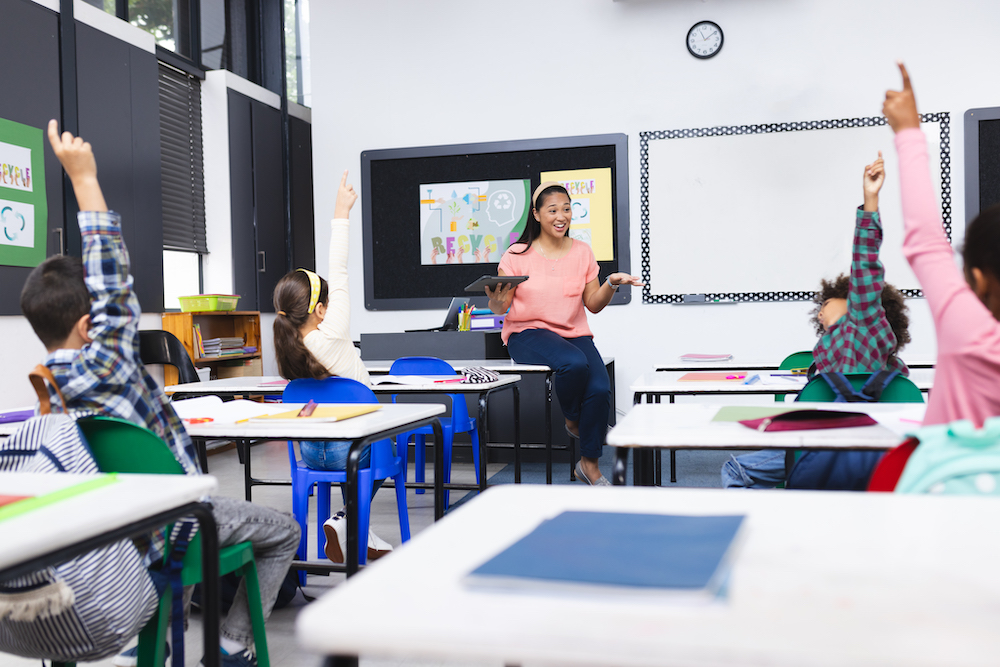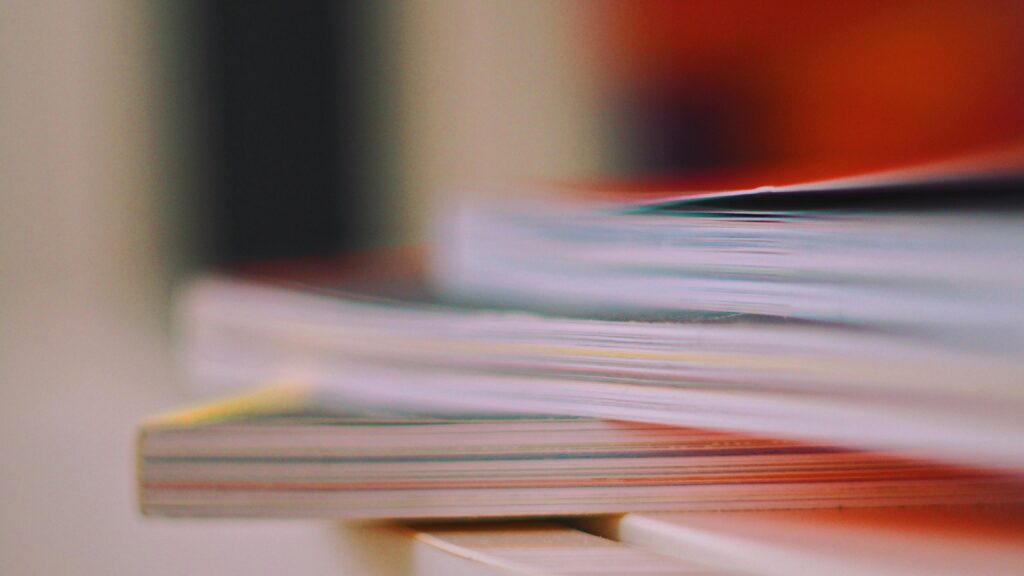
7 conditions for effective professional learning
As educators, we spend a lot of time thinking about the conditions that need to be in place to facilitate student learning: high expectations, supportive relationships, smooth routines, and high-quality, engaging materials. We recognize great classrooms as ones in which students understand the value of what they’re learning; have the resources, time, clarity, and agency they need to participate in their learning; and feel their contributions are valued. And we know that, without those conditions in place, great content and equally great intentions can fail to result in meaningful learning.
Why would we expect our teachers to learn differently than our students?
When we talk about professional learning (PL), we typically talk about different kinds of PL that educators engage in (e.g., PLCs, coaching) and the content that they might cover (e.g., lesson preparation, student work analysis), but we rarely consider the underlying conditions that make learning spaces—for people of any age—effective.
At Instruction Partners, we work with hundreds of school leaders across the country with the goal of improving learning student outcomes and creating deeper, more meaningful experiences for every student.
Through this work, we identified seven conditions that are crucial to the success of professional learning for educators:
- Vision: There is a clear, communicated vision around the purpose of professional learning.
- Time: There is a dedicated and consistent time for teachers to meet regularly.
- Process: Protocols and processes are in place to ensure effective use of time.
- Roles: All staff members understand their roles and responsibilities in professional learning.
- Training: Facilitators are trained and well-prepared to fulfill their responsibilities in alignment with the vision.
- Investment: Teachers and facilitators are invested in professional learning.
- Affirmation: Interactions between facilitators and teachers affirm teachers’ perspectives, efforts, and contributions.
Most schools already have some (or even many) of these conditions in place. In our experience, however, few schools attend to them intentionally—often due to a lack of resources and support for instructional leaders.
That’s a problem because we know that the way teachers support students mirrors the way leaders support teachers. For teachers to lay the groundwork for consistently rigorous and engaging learning experiences for their students, leaders must first do the same for their teachers.
We spent the last several years developing resources to help leaders strengthen their conditions for professional learning. That project resulted in the Professional Learning Conditions and Practices, which include detailed, step-by-step action plans that address the seven conditions along with rubrics to help leaders understand the current state of each.
As we worked with leaders to improve the seven conditions, we found a few key takeaways:
- Changing routines is hard. Changing them successfully requires a lot of thoughtful planning, deliberate action, and sustained attention to a multitude of factors. To help leaders navigate the challenges of changing their PL routines, our action plans are designed with change management in mind.
- Perfect shouldn’t be the enemy of good. Conditions are listed sequentially; the first two conditions—a clear vision and dedicated time—need to exist in order for the others to operate meaningfully. However, don’t let less than perfect implementation of a condition keep you from working on the next (after all, who among us has ever seen a perfect process?). This work is about continuous improvement, not perfection.
- This work requires both technical and adaptive change. Conditions 6 and 7, investment and affirmation, are the conditions that typically require the most long-term, adaptive changes—deep, ongoing work that can’t be quickly measured or checked off a to-do list. They’re last on the list above, not because they’re deprioritized, but because our experience working with schools indicates that implementing and strengthening the more technically focused conditions, which fall earlier on the list, supports their development.
School leaders wear a lot of hats; professional learning is one of their many, many responsibilities, and altering the routines that are already in place can feel overwhelming. But, bite-sized actions focused on systematically improving teachers’ PL can have outsized influence on the entire school culture. Attending to the conditions of our teachers’ learning—that they are invested in their PL, have everything they need to participate fully, and feel their voices matter—cultivates a learner mindset in teachers that they can then model for students.
Learn more about how to get started strengthening the PL conditions in your school here.
Reach out on Twitter to tell us about your experiences of the importance of PL conditions in your school.


